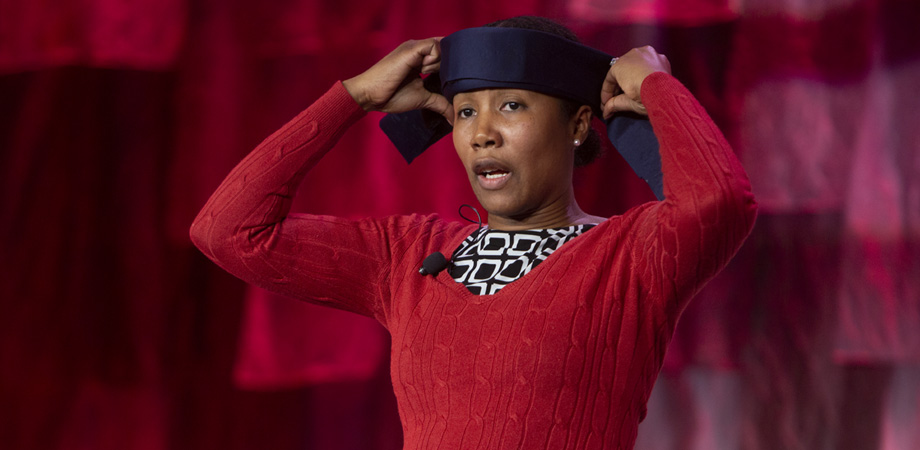Wearable NIRS Probes Monitor Brain Function

At SPIE Photonics West in February, Shahbaz Askari of UBC spoke at a new BiOS conference dedicated to wearable biophotonics technologies for sports medicine and health monitoring. Askari noted that his group's combination EEG/NIRS device had been tested on five healthy subjects while they were under the oxygen-restricting effect of artificial hypoxia.
Featuring ten photodetectors and two pairs of light emitters operating at 740nm and 850nm, alongside 16 EEG electrodes, the probe was placed on the subjects' foreheads while they experienced reduced oxygen levels for between three and five minutes.
Using it, Askari and colleagues from Guy Dumont's UBC group found that cerebral changes to brain function take place around 10-15 seconds before peripheral effects are seen.
Later in the same session, PhD student Anupam Kumar from Vanderbilt University highlighted the development of a new and highly portable functional NIRS (fNIRS) system that is intended to help study measurable indicators of mental health.
Kumar said that the Bluetooth-connected velcro headband, which can already be produced at a cost of just $100, is based around two pairs of LEDs and four silicon photodiodes. Weighing only 142g, the current version operates at 3Hz, although Kumar said that this could be increased to 15Hz.
Suggesting potential applications in the study of attention-deficit hyperactivity disorder (ADHD), he added that the headband had undergone some initial validation tests with standard breath-holding exercises that cause blood to rush into the head.
During her neurotechnology plenary session, "Wearable Functional Near Infrared Spectroscopy," Audrey Bowden, head of the Bowden Biomedical Optics Laboratory (BBOL) at Vanderbilt, demonstrated a version of the headband intended to help physicians monitor brain activity in children, without the stress and immobility of MRI machines.
-Mike Hatcher is editor of optics.org. A version of this article appeared in the 2020 Photonics West Show Daily.
Related SPIE content:
A lightweight, portable, and low-cost near infrared spectroscopy headband for in-field neuro-monitoring
Hardwiring the Brain
Improved Functional Near Infrared Spectroscopy Enables Enhanced Brain Imaging
A wearable time domain near-infrared spectroscopy system
| Enjoy this article? Get similar news in your inbox |
|



